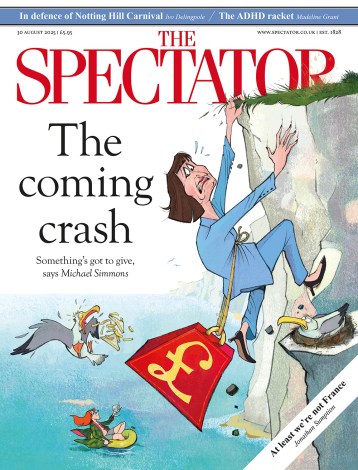Winning formulas
Andy Hamilton was an exceedingly welcome panellist in the days when I did The News Quiz, so I’m biased. Andy Hamilton was an exceedingly welcome panellist in the days when I did The News Quiz, so I’m biased. But I genuinely found his sitcom, Outnumbered (BBC 1, Saturday), co-written with his long-time collaborator Guy Jenkin, terrifically funny. It is set in a well-worn situation — the family — and the first episode was a cliché plot, the wedding where everything goes wrong, but that didn’t matter. I watched it on my portable DVD player during a crowded train journey. People miserably standing, propped upright only by each other as we

